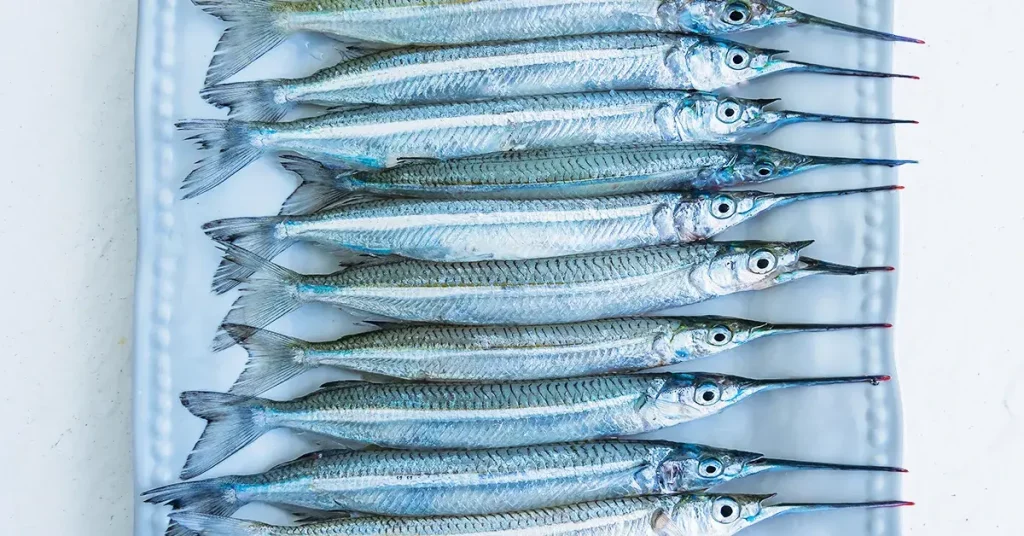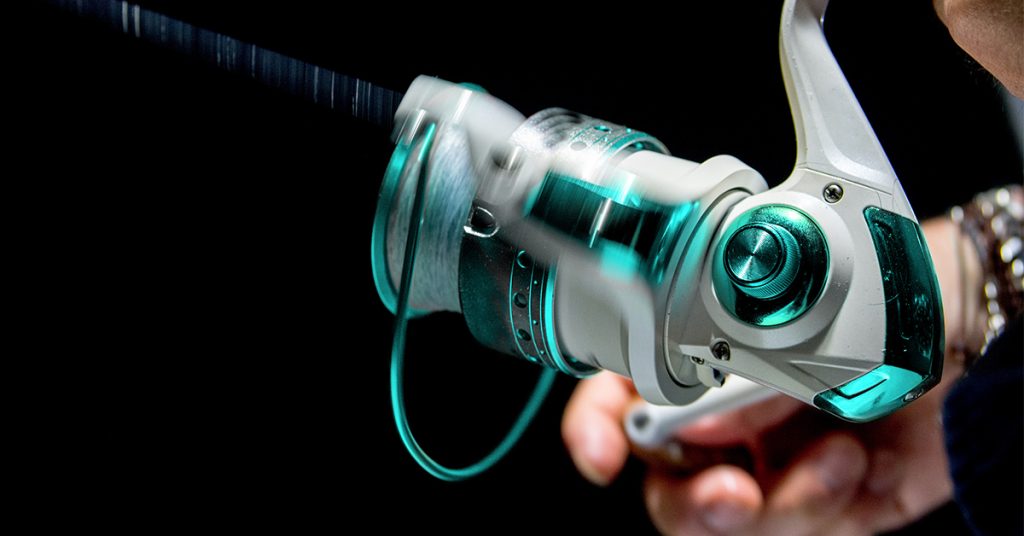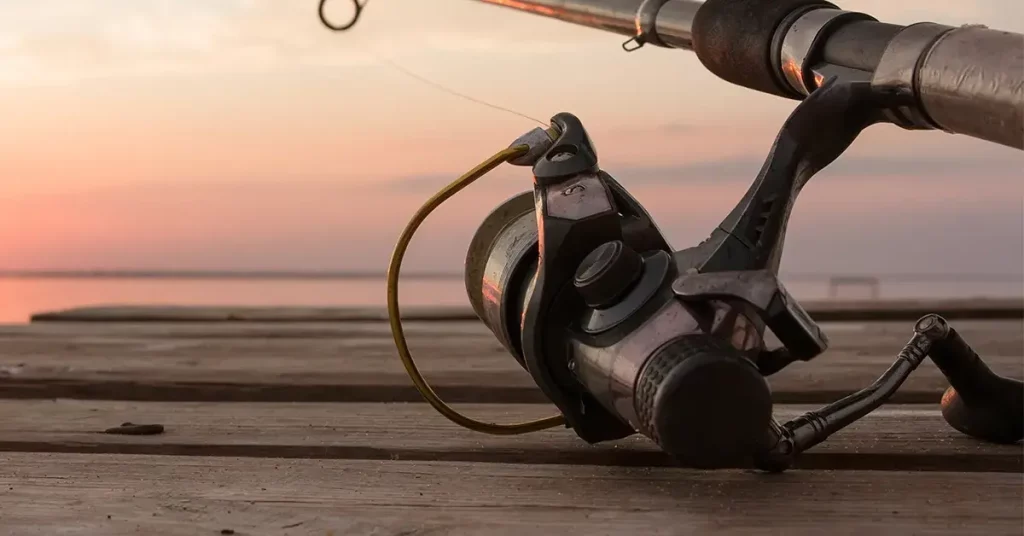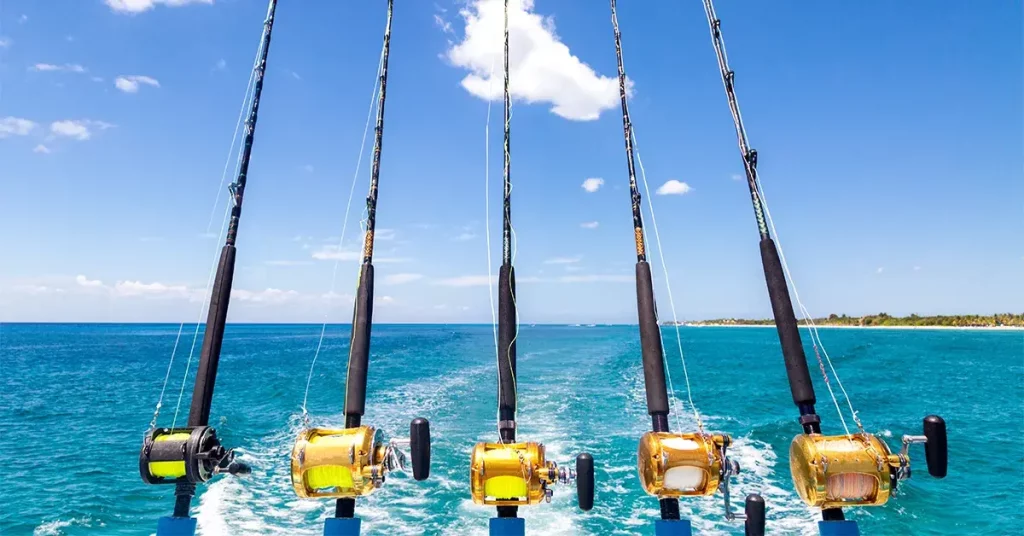Ballyhoo fish are some of the most popular live and cut bait fish used for catching pelagic species in North America – and for good reason. They’re plentiful, fairly easy to catch, and work well for catching a variety of species.
The name ‘ballyhoo’ comes from their penchant for leaping and skipping on the surface to escape from predators. When they start skipping intensely, they can look like stones skipping on the water’s surface.
Ballyhoo are commonly used as cut bait for trolling by saltwater anglers – and can be caught fairly easily using throw nets and chum. Let’s take a look at this humble bait fish in more detail, so you’ll know how to locate, catch, and rig a ballyhoo.
Ballyhoo Fish Facts
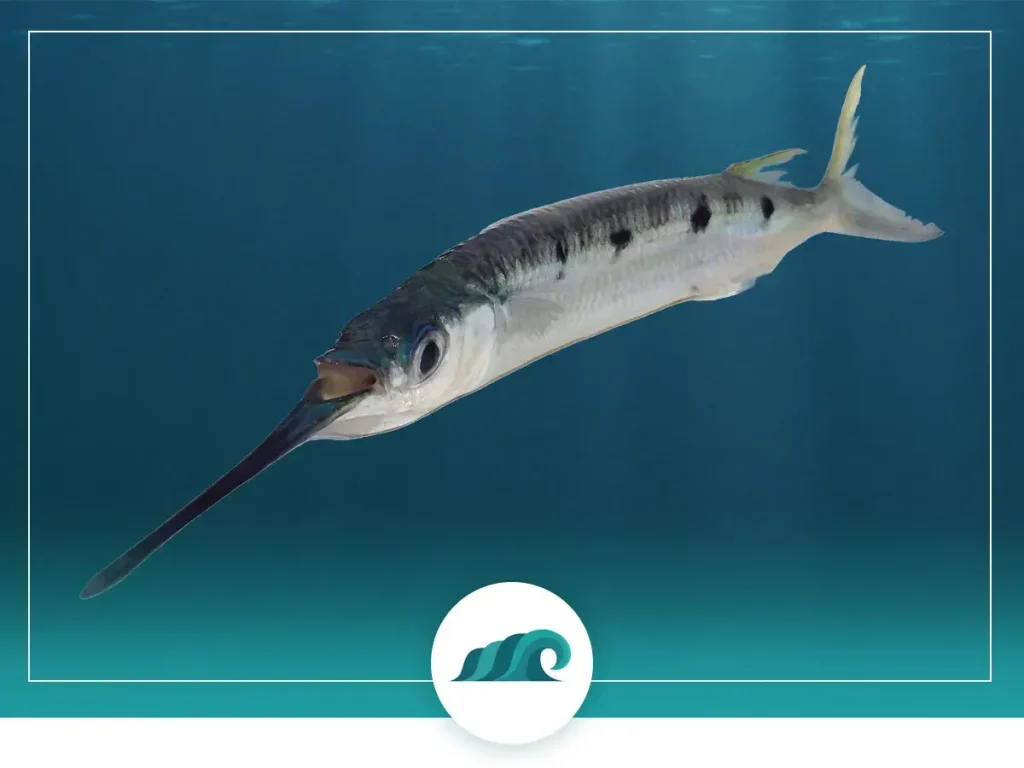
Ballyhoo (Hemiramphus brasiliensis) is a baitfish in the halfbeak family commonly found on both sides of the Atlantic Ocean. They’re distributed in tropical-warm latitudes, and are common throughout the Caribbean and along the Florida coast.
They’re one of the most popular big game baits used by saltwater anglers – and can be used to catch everything from Marlin to Dorado to King Mackerel. They swim in large schools near the surface, and can be caught by the dozens with the right net.
Ballyhoo have a typical halfbeak appearance, with a long cylindrical body and an elongated lower jaw that looks like a mini Marlin bill. Their sides and belly are silver colored, while their tail fin is bright yellow and blue.
They’re normally between 7” and 11” long, although larger ballyhoo up to 21” long have been caught in the past. When they’re sold as fresh or flash frozen bait they’re typically classified as small (7 to 8 inches), medium (8 to 9 inches), select (9 to 10 inches), and horse (10 to 11 inches).
Where to Find Ballyhoo?

If you don’t want to shell out your hard-earned dough on ballyhoo for bait, then catching your own makes a lot of sense. This will save you money over time, and will allow you to fill your bait well with fresh and lively bait that you can’t get anywhere else.
Because they don’t hold well in a bait well for long periods – bait shops tend to only sell freshly dead or frozen ballyhoo. If you want live bait – which can be extremely effective while drifting – you’ll generally need to catch your own.
Ballyhoo can be found along reef lines, wreck, patch reefs and other features that provide cover for them. Along the Florida coast all the way down to the Keys, most reef lines will contain some ballyhoo.
You’ll want to look for them when a strong current is flowing, to get your chum well dissipated into the water. Incoming tides are an especially good time to harvest these fish.
How to Catch Ballyhoo?
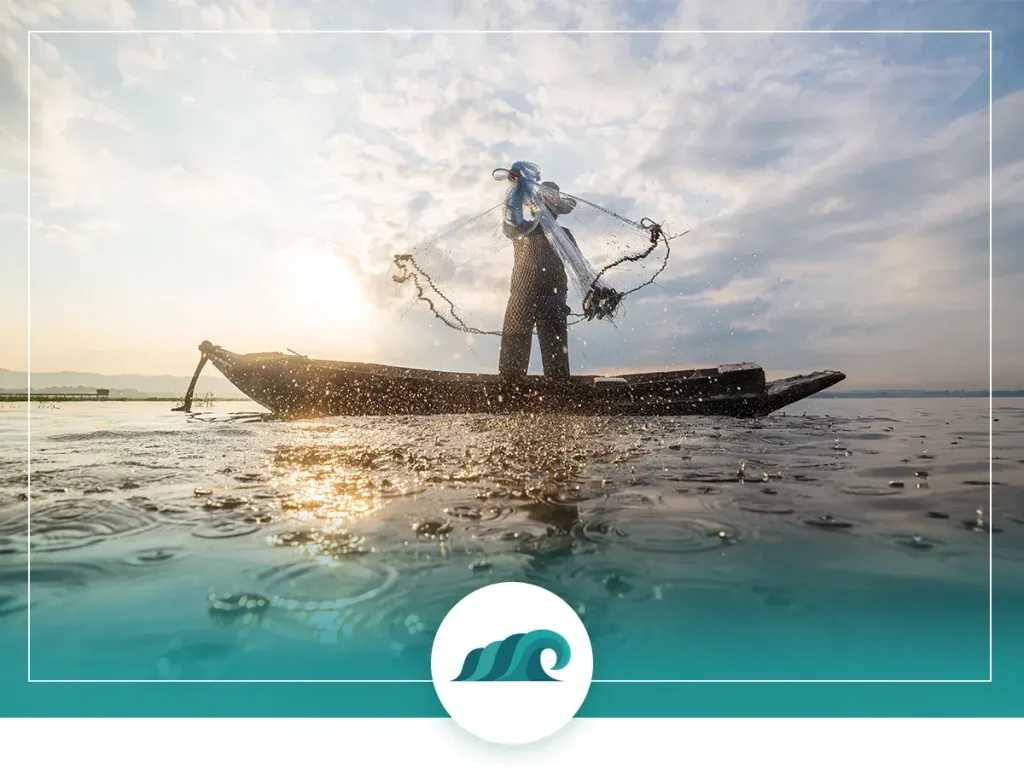
Once you’ve located a promising spot, you’ll need to know how to get these bait fish in your boat.
Luckily, catching ballyhoo is not that difficult. There are a few methods you can use, from cast netting to rod and reel fishing.
Here’s what you’ll need to get started:
- Cast net in the 7 to 12-foot range. You’ll want to go with a netting width of ¾” or less, to prevent any fish from escaping through the netting.
- Light or ultralight spinning rod and reel.
- Size #4 to #10 hooks.
- Small bobber or float.
- Chum and chum bag.
Both a rod and reel and a cast net can work well to fill your bait well up with ballyhoo, but a rod and reel can be easier if you’ve never used a cast net before. Plus, it won’t spook them if you miss.
Method 1: Cast Net
Anchor your boat near a promising spot, and get your chum bag into the water. Once your chum creates a nice chum slick, any ballyhoo in the area will swim into the area to feed.
Wait until they’re within netting distance – about 15 to 20 feet – and then cast your net over them. Hopefully, you’ve got a net full of lively ballyhoo. Keep in mind, catching them with a cast net will bang them up a bit, so if you want pristine bait, you’re better off going with a rod and reel.
Method 2: Rod & Reel
Catching ballyhoo with a rod and reel is pretty straightforward. You’ll want to chum the water similarly to the method above.
Then, simply bait your hook with a piece of shrimp or squid, attach a bobber 1 to 2 feet above the bait, and toss it into the water near the school. When a ballyhoo takes your bait, maintain a steady retrieve until it’s on board. This method allows you to catch ballyhoo and get them into a bait well without damaging the fish at all – so you’ll have a healthy, lively fish ideal for live bait.
How to Rig a Ballyhoo?
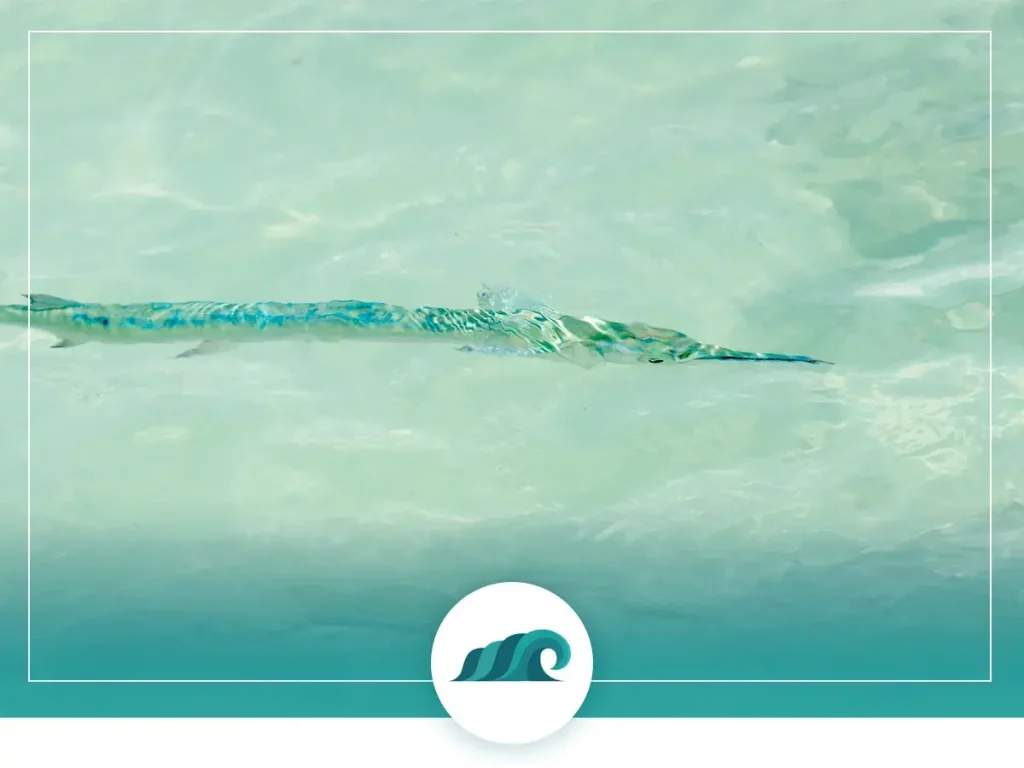
While you can always purchase pre-rigged ballyhoo, learning to rig your own is good idea, and if you fish for pelagic species often it will save you money over time.
There are several ways to rig a ballyhoo for bait. Let’s take a look at one of the simplest and most effective ways to rig a ballyhoo. You can use freshly caught or frozen ballyhoo for this method, but the fresher they are the better they’ll perform.
- Wrap a piece of copper wire around the shaft of your hook. Tie it to the hook with a secure knot. Leave about 10 inches of tag end hanging loose.
- Take your hook and pierce the lower jaw of the ballyhoo. Pull the hook through the gills, through the lower jaw until it penetrates through the ballyhoo’s stomach. Make sure not to pull the hook through the upper jaw.
- Line up the shank of the hook under the gill plate. The copper wire should now be coming out of the belly.
- Wrap the copper wire around the mouth, gills, and head several times.
- Now push the wire up through its lip to lock the gills in place.
- Test your bait in the water to make sure its swimming realistically. If you’re using frozen bait, you may want to remove the eyeballs, as they can come loose naturally – causing the ballyhoo to tilt sideways in the water.
FAQ’s
What can you catch with ballyhoo?
Ballyhoo can be used to catch all types of larger saltwater species, including Tuna, Marlin, Mahi Mahi, Wahoo and King Mackerel.
Where can I catch live ballyhoo?
Ballyhoo are plentiful along much of the tropical and sub-tropical waters in the Atlantic Ocean. In the US, their mostly caught off the Florida coast and in the Gulf of Mexico, although they can be found as far north as Massachusetts during the warmer months.
They’re mostly found in large schools on the surface, in waters up to 20 feet deep and like to congregate in coastal waters with sandy bottoms.
How do you fish with a rigged ballyhoo?
Rigged ballyhoo can be used for a variety of fishing techniques. Trolling, chumming, and drifting live bait are all popular uses for this bait fish.

